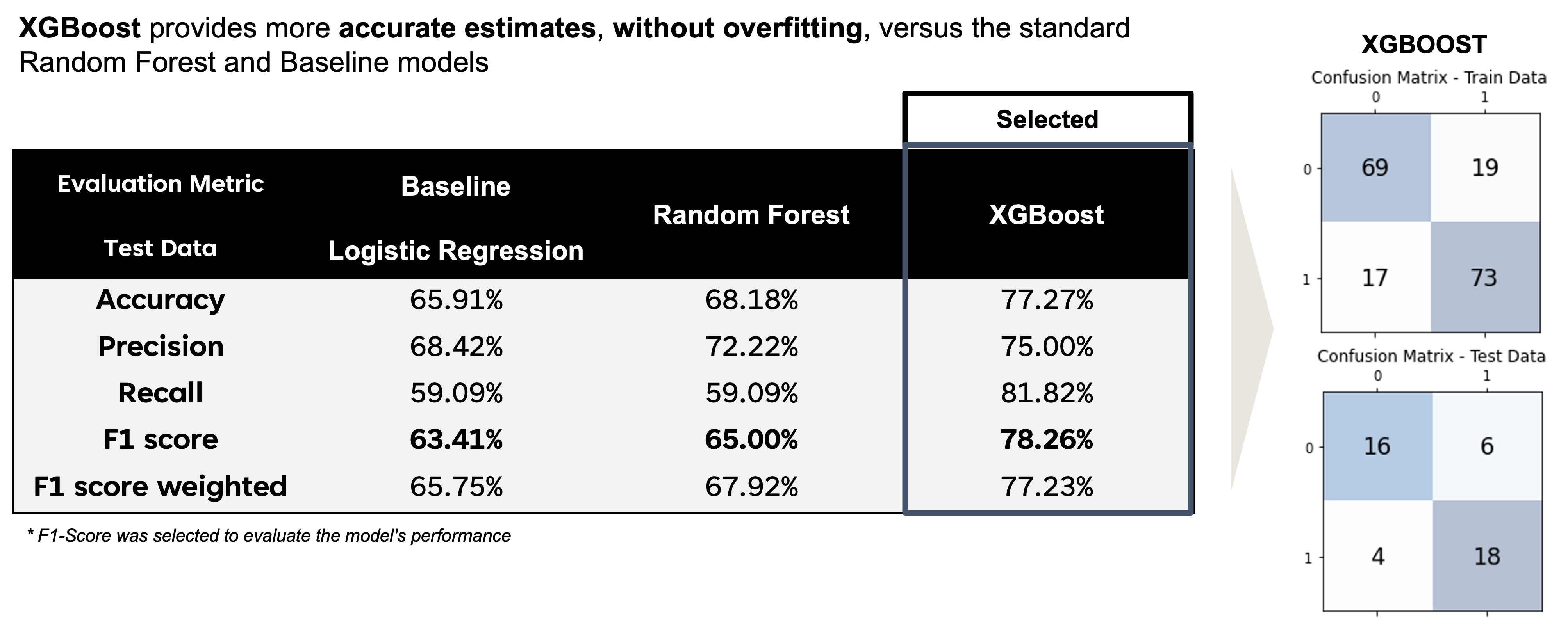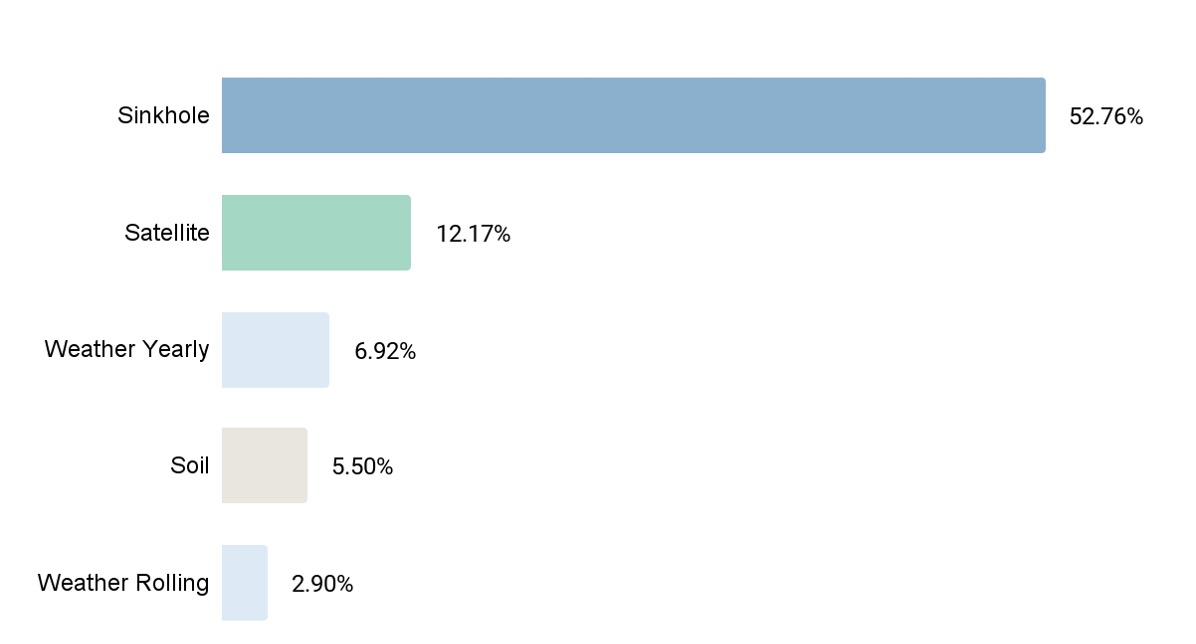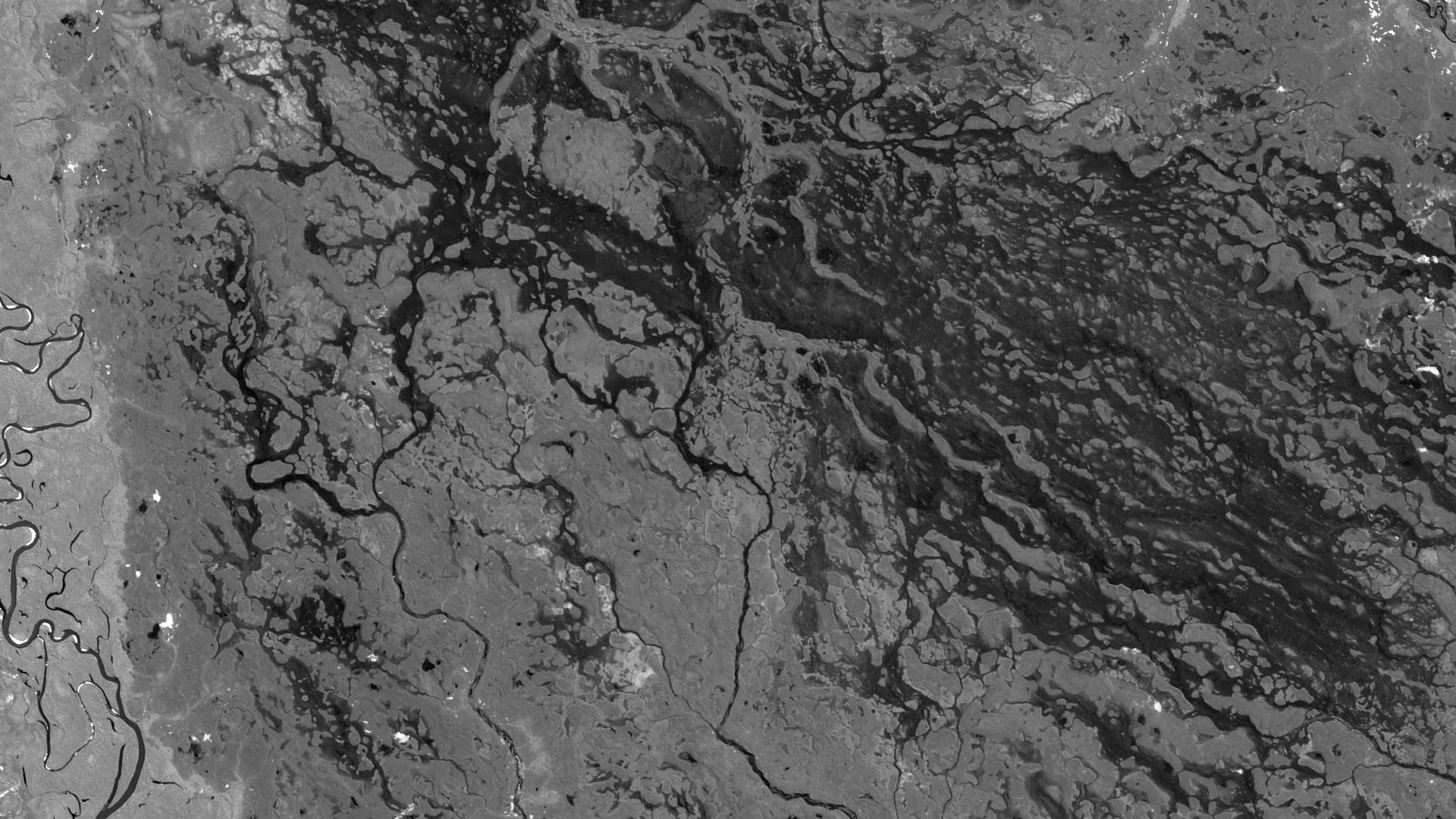Sinkholes are reportedly becoming more common with urbanization
Sinkholes could cause significant damages to buildings, infrastructure, and lead to the loss of lives in residential areas and places with high density. The cost of damage for a typical sinkhole is estimated to be between $20K and $100K. The Florida state, also known as the capital of sinkhole, suffers from $200M to $400M of sinkhole damages every year.
Conventional sinkhole detection that relies on continuous ground surveying using a range of specialized techniques such as ground penetrating radar (GPR) could be time consuming and costly. There is an opportunity to amalgamate non-geological open-data to complement the identification of areas with higher risks of sinkhole formations.
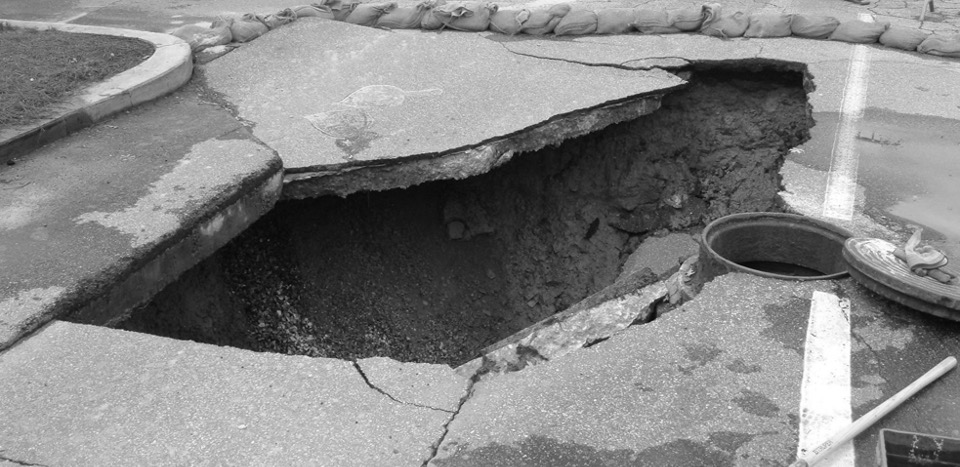



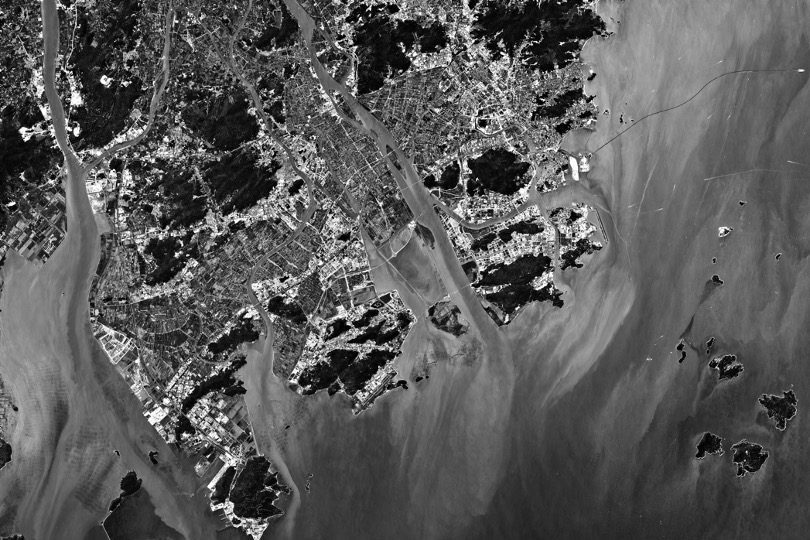


 Stage 1
Stage 1